Pergola Shade: Pratical Solutions for Every Outdoor Space
For those of you just starting to look at pergolas as an outdoor living accessory, you may be shocked to learn they don’t really provide much shade and they certainly don’t protect from rain. It leads one to wonder why they exist at all then. Perhaps a little history is in order to shed light on the origins of the pergola and its evolution to the pergola shades you see in backyards now.
Pergolas have been built for centuries to protect from the sun and provide shade. They are simple frames covered with a variety of materials that tend to vary according to geography or time and place in history. Our pergolas here in North America are really an idea that is incomplete when only rafters are overhead. A fully featured pergola includes a sun screen of some sort.
Most people build a pergola to relax outdoors in a space that is inviting, comfortable and with a modicum of privacy. These characteristics encourage spending more time outdoors and that’s what outdoor living is all about.
Rain protection is another feature that is a highly desirable feature for a pergola. I reviewed a variety of pergola covers in an earlier blog on pergola roofs. However, sun protection is the primary purpose of every pergola regardless of geographic location. The interesting thing is the variety of materials that can be used to screen the sun. Let’s look at the different ways to create pergola shade.
Reeds and Leaves
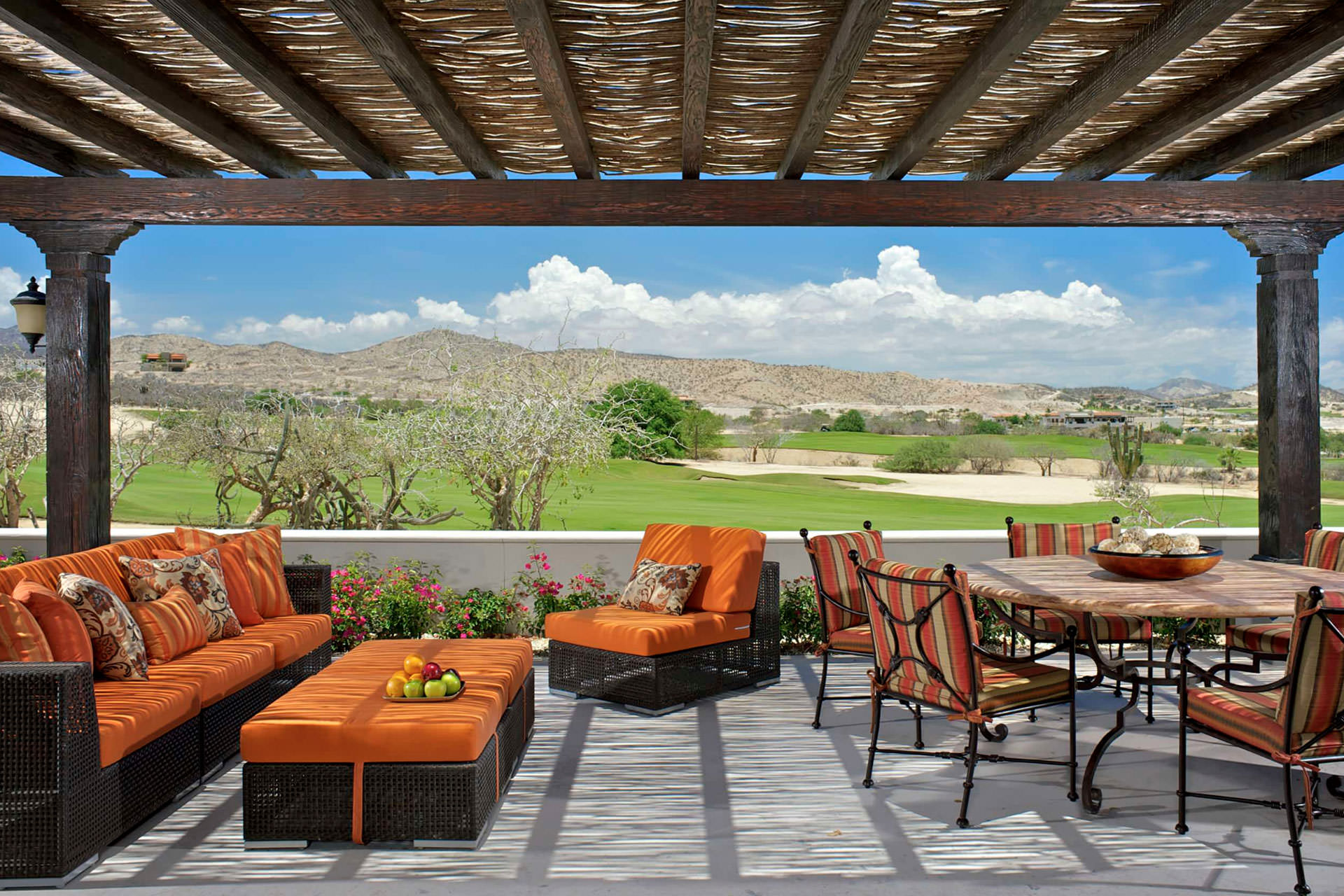
The ancient Egyptians probably covered their pergolas with reeds or palm leaves for sun block. If you live in Egypt, they are still highly recommended. In the western world these are still viable options in the dryer climates. Reed mats are also used to transform pergolas to sukkahs in the fall.
Live Foliage
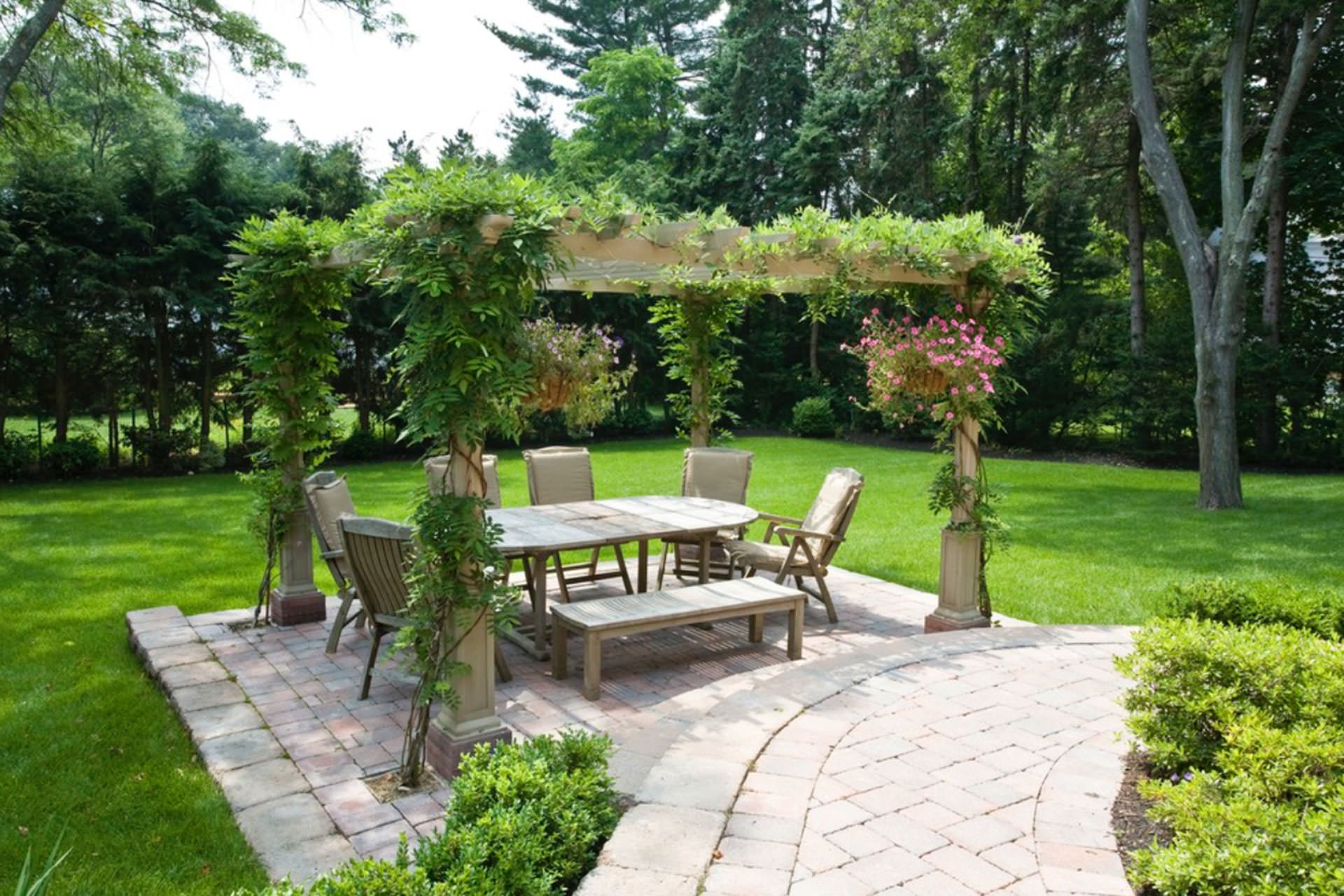
The Tuscans let grape vines grow over their pergolas to provide shade in the summer and sun in the winter when the leaves fall off. It’s a great option for those of us in North America that don’t need rain protection. Wisteria is a common grower over pergolas on the eastern seaboard. The flowering vines are another favorite. Here is a list of the leading contenders for climbing foliage to create pergola shade:
Clematis, Honeysuckle, Grape, Climbing Rose, Trumpet Vine, Black Eyed Susan Vine, and Morning Glory.
Read this pergola plant guide for more information on the pros and cons of live foliage and which plants work best for your pergola.
Branches or Bamboo
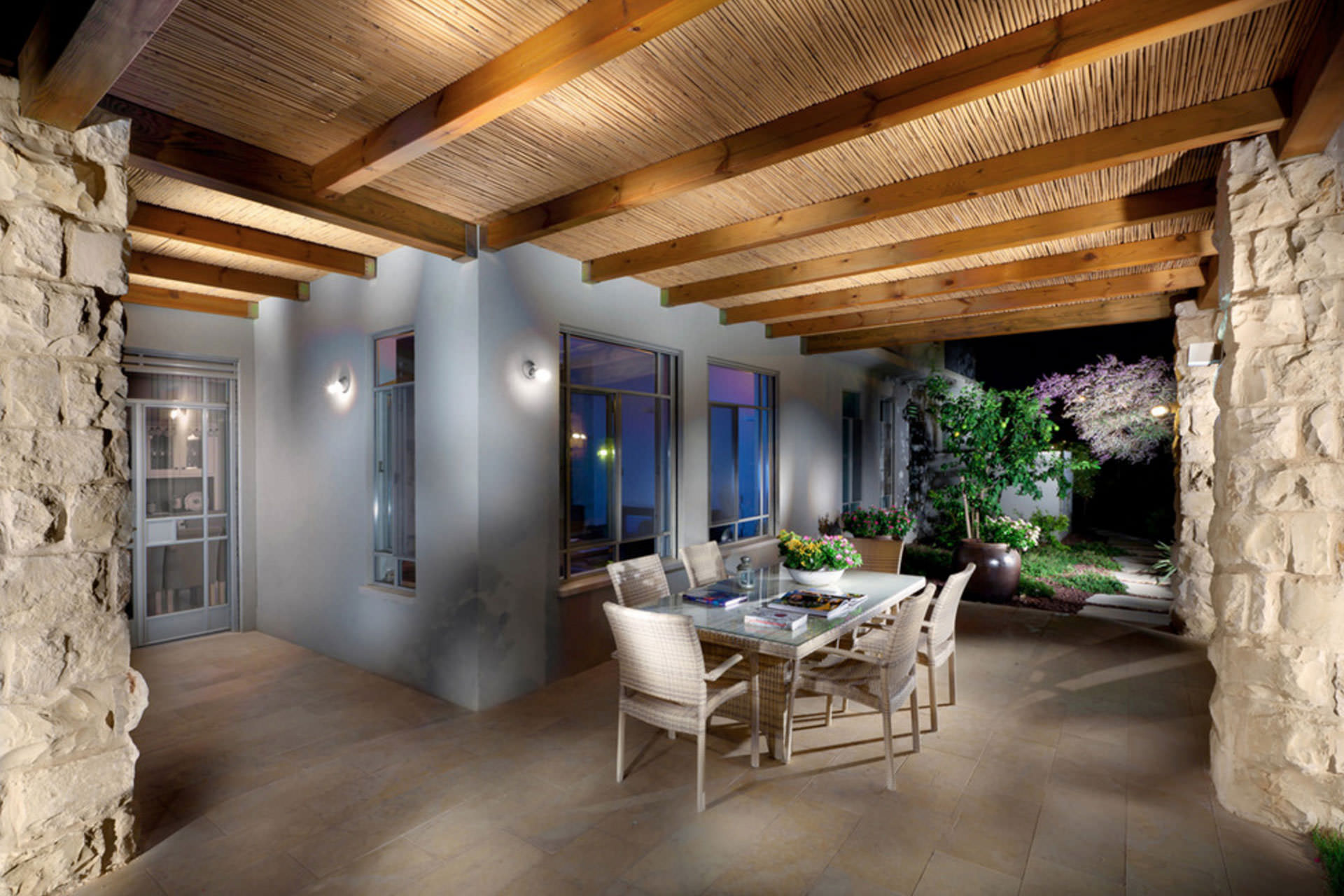
If you live in a dry climate like the southwest or the plateaus of The Rockies, the bed of sticks (usually about 1” or bigger branches) blends beautifully with a rustic post frame and is complementary to the adobe style in those regions. Another popular covering in the islands of the far-east is bamboo. You see more uses of bamboo every day and pergola coverings is one of them. The diversity of climate and construction techniques across North America always amazes me. From the Craftsman homes of Pasadena to the Adobes of Tucson to the bleached shingles of Cape Cod, there are pergola styles to match.
Lattice Panels
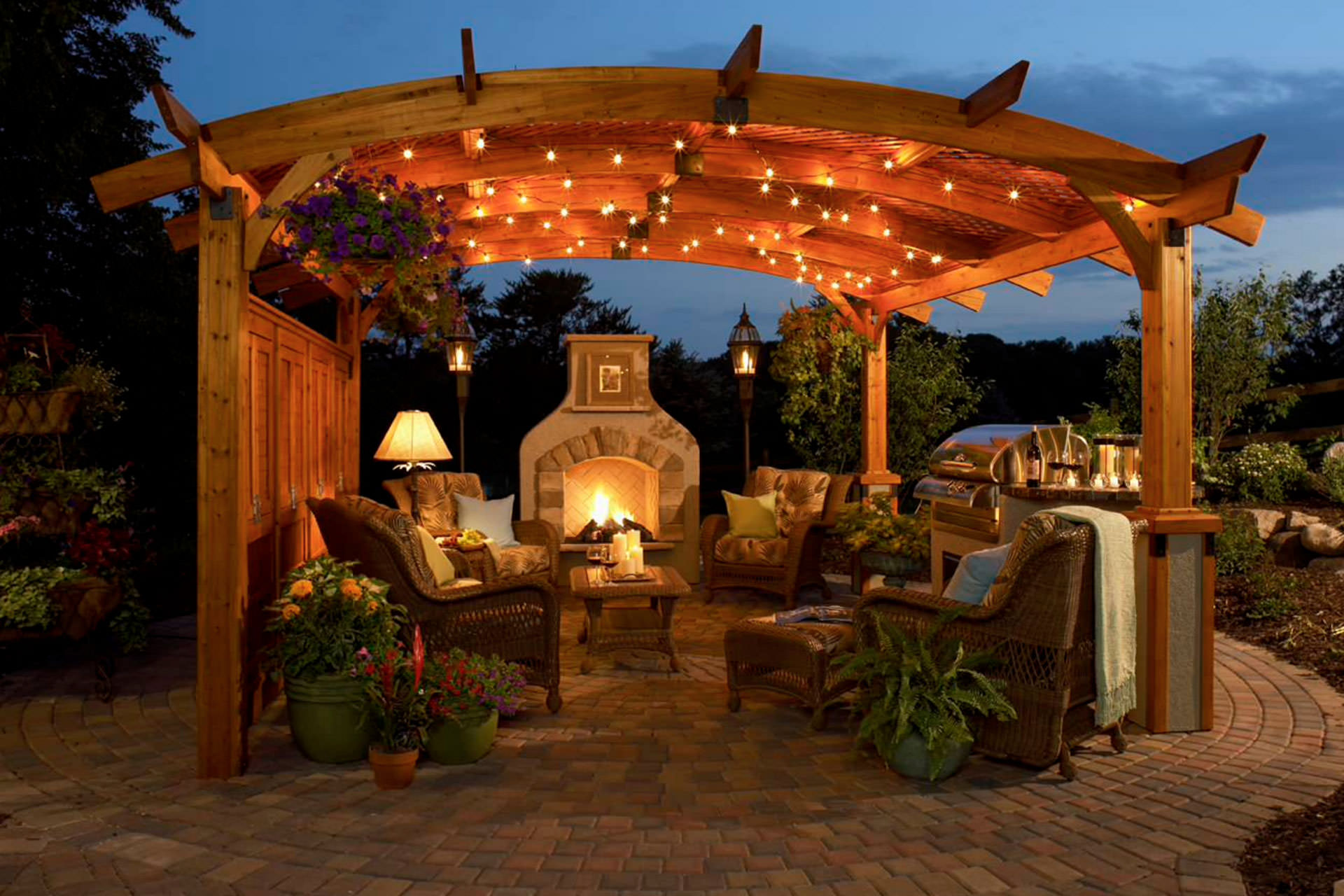
In modern times the advent of lattice (and Home Depot) made the crisscrossed slat pattern the most popular and easy addition to the top of a pergola. They are available in pressure treated or cedar in 4X8 panels and provide a pretty checkerboard shade patter. Lattice is a fast easy and affordable way to make create pergola shade. You have some choices as to the open area of the lattice. Be sure to give consideration to how much sun you want to pass through. Some lattice can allow as much as 50% while others as little as 25%.
Fixed Fabric
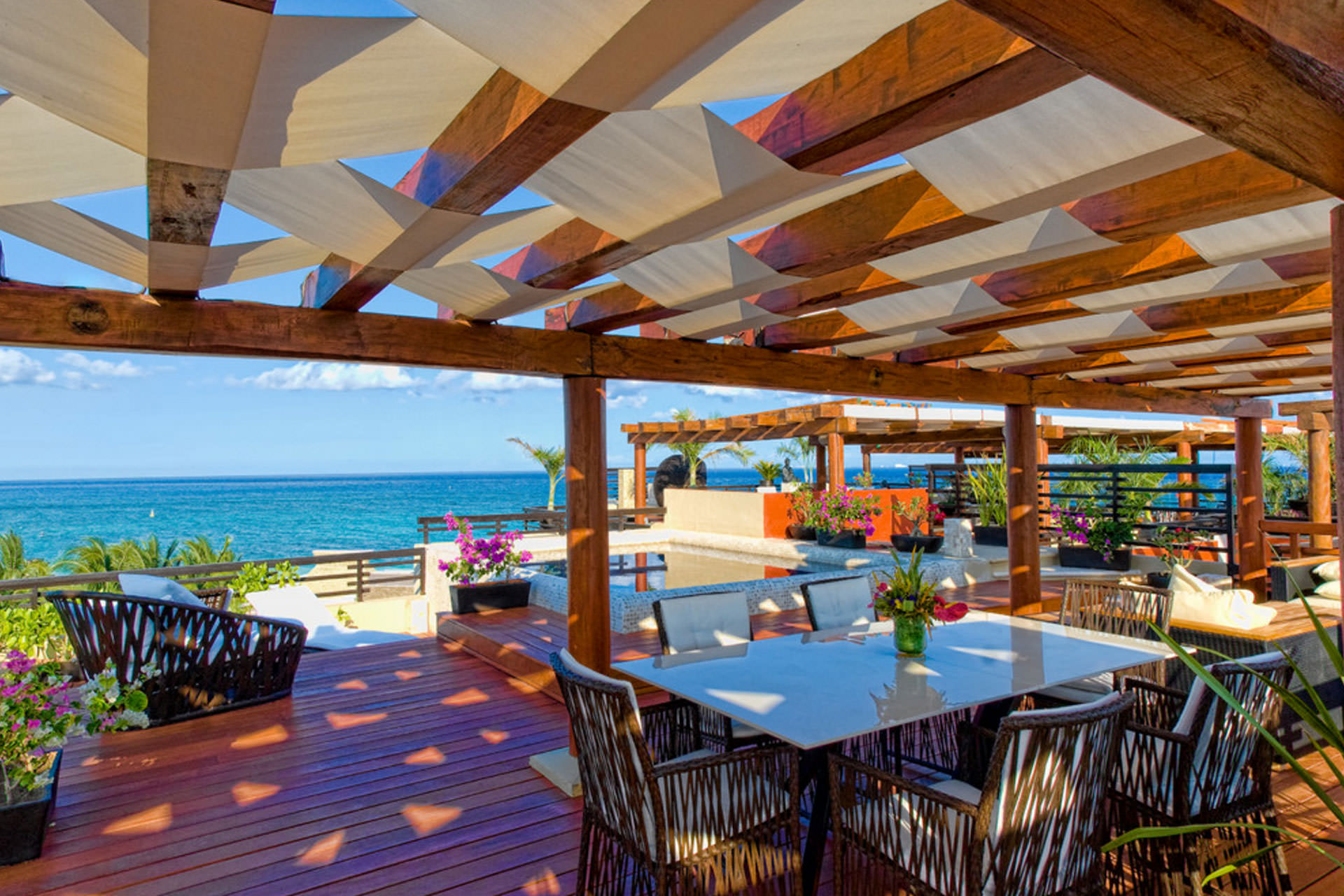
Canvas and awning fabrics can be fastened to a pergola as a one piece cover or as multiple strips. The one piece arrangement works well in dry climates but should be avoided in areas where rain will fill the fabric in the unsupported pockets between the rafters. A common method of using solid fabric is to weave a series of strips through the rafters in an over/under pattern. I think it looks great and makes for a stylish space. It’s a highly recommended solution if rain protection is not required.
Shade Cloth
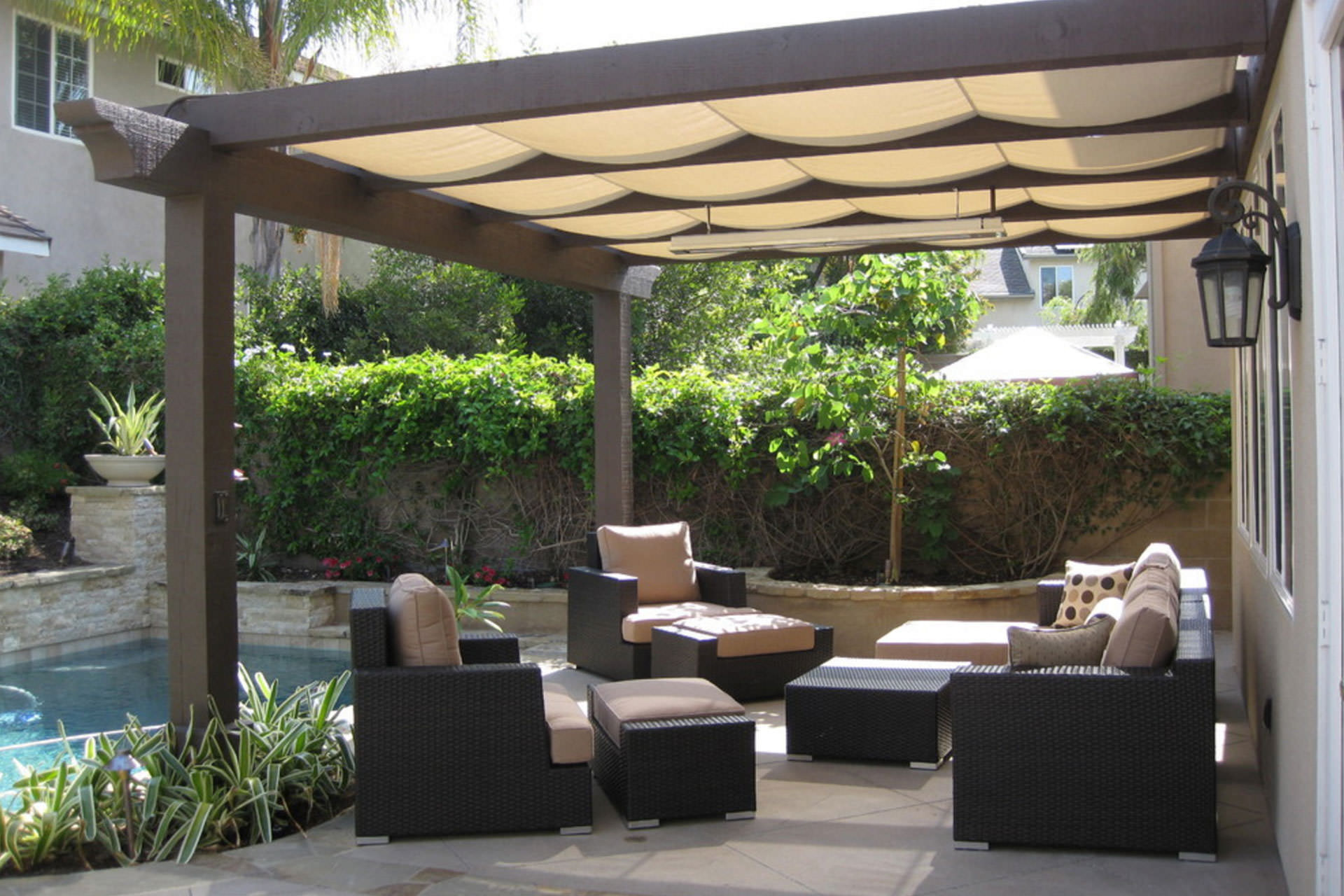
Another less expensive and effective option is to use the shade cloth that is commonly used in greenhouses. It provides a pretty good solution for protection from the sun. However, in some cases it may not be aesthetically pleasing or complimentary to your pergola.
Retractable Canopies
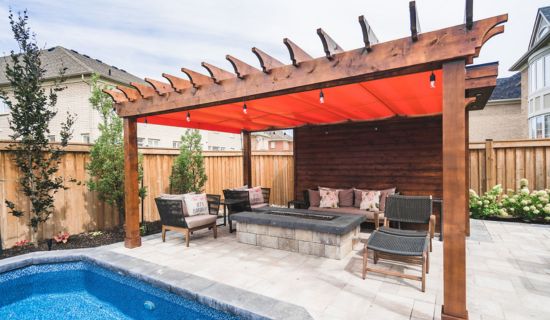
A retractable fabric canopy is the ultimate convenience for your pergola, offering seamless sun and rain protection. With the ability to retract the cover as needed, you can enjoy the warmth of early summer sun or extend it for full shade and UV protection during hotter days. ShadeFX Canopies stand out as a premium choice, using Sunbrella fabrics that provide up to 98% SPF depending on the color, or Harbor Time waterproof fabrics that deliver a full 100% SPF. In dry climates, a shade screen can be an excellent alternative to solid fabric, offering a balance of sunlight and shade. However, it’s important to note that UV protection is significantly reduced compared to solid fabric options.
Pergola Curtains
With sun and rain protection options understood, the last item on the agenda is usually privacy and wind protection. This comes with side curtains for which I wrote a couple of articles:
- Creating Shade and Privacy with Pergola Curtains
- Pergola Curtain Fabrics: What are your options?
- Pergola Curtains: Your Complete Measuring Guide
We commonly match the curtain fabric to the canopy fabric and the result is a stylish and practical outdoor room. Side curtains also protect from that low evening sun that can still be strong mid-summer. If your pergola is exposed to the southwest, side curtains will be a welcome addition to the shading package that is right for you.
Making a pergola practical will add to your enjoyment of it. Whatever options you choose to use remember the link your pergola will make to the past… As you look for a way to make your outdoor space the ultimate in comfort luxury and style, a long time ago, so did Cleopatra.
Retractable Solutions for Outdoor Spaces
Please complete the form below to download our free eBrochure.
Price List included
Related Posts
September 27, 2021
Pergola Plants Guide: Shade and Enhance Your Outdoor Space
March 27, 2013
Pergola Curtain Fabrics: What Are Your Options?
March 11, 2013

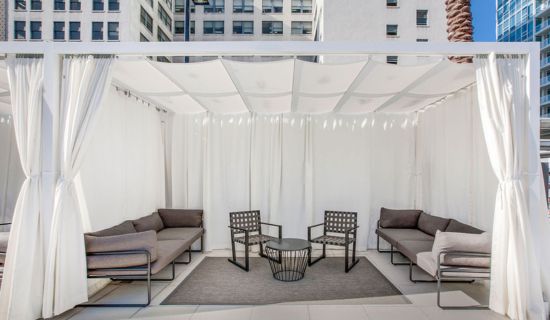
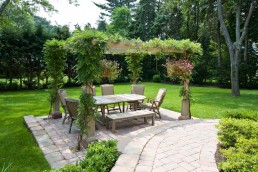
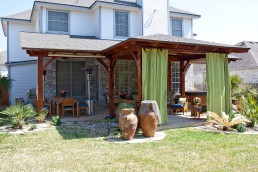
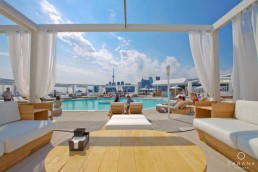
Very helpful and educative.
Hi do you sell the fixed fabric by its self.
Great tips! I love my patio, but during the summer it gets so hot. I definitely need to do something…Maybe I’ll look into pergolas! Thanks for the idea.
Megan
great ideas I will use some
I am Interested in retractable canapies. Looking for more Info. Had a quote from a company.. I found it to be very expensive. We are looking for something that will give us shade when needed, and protect if it starts raining. If I had to install it myself to help with lowering the cost, that would be fine with me.
Looking for some direction to satisfy our needs as well as our budget.
I look forward to some professional guidance.
Thanks.
Doug.
I’m looking for the same sort of thing, did out find a solution?
Many thanks
everyone must love reading this
We just purchased bamboo shades at JC Penney to hang on the sides as that is where we get the most sun.
One side measured 120″ so we bought 3 bamboo shades for that sides. The other end was about 72″ and we were lucky to find a shade that size. The overhead sun isn’t the problem for us as much as when it’s on the sides. I wouldn’t advise a natural thing like grapevine leaves. There were so many grapes that dropped all over the deck and it made such a mess that we took them all down.